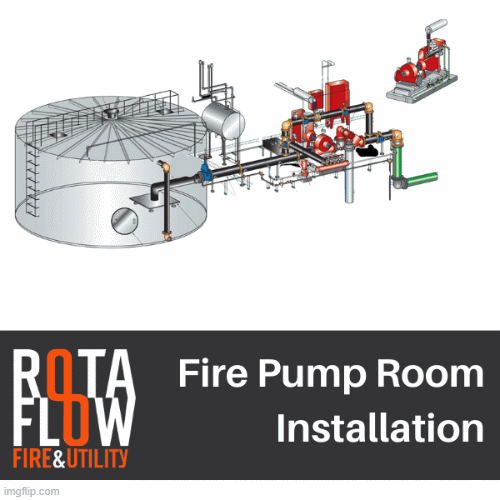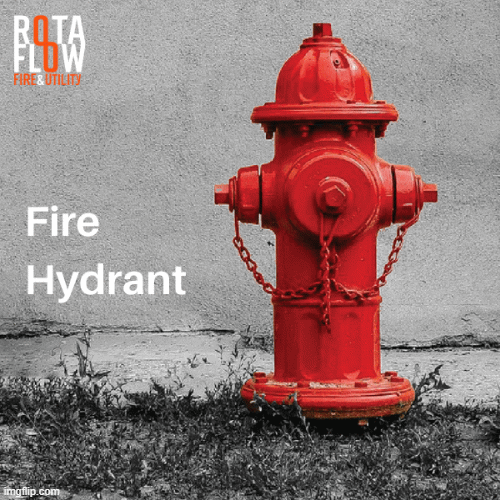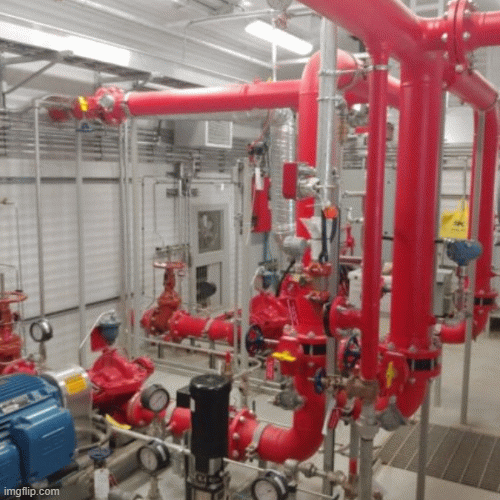Don't wanna be here? Send us removal request.
Text
CO2 Fire Suppression Testing - Industrial
A CO2 fire suppression system uses carbon dioxide as a suppressant agent. CO2 works well as a fire suppressant because it works quickly to extinguish a fire. Watch
0 notes
Text
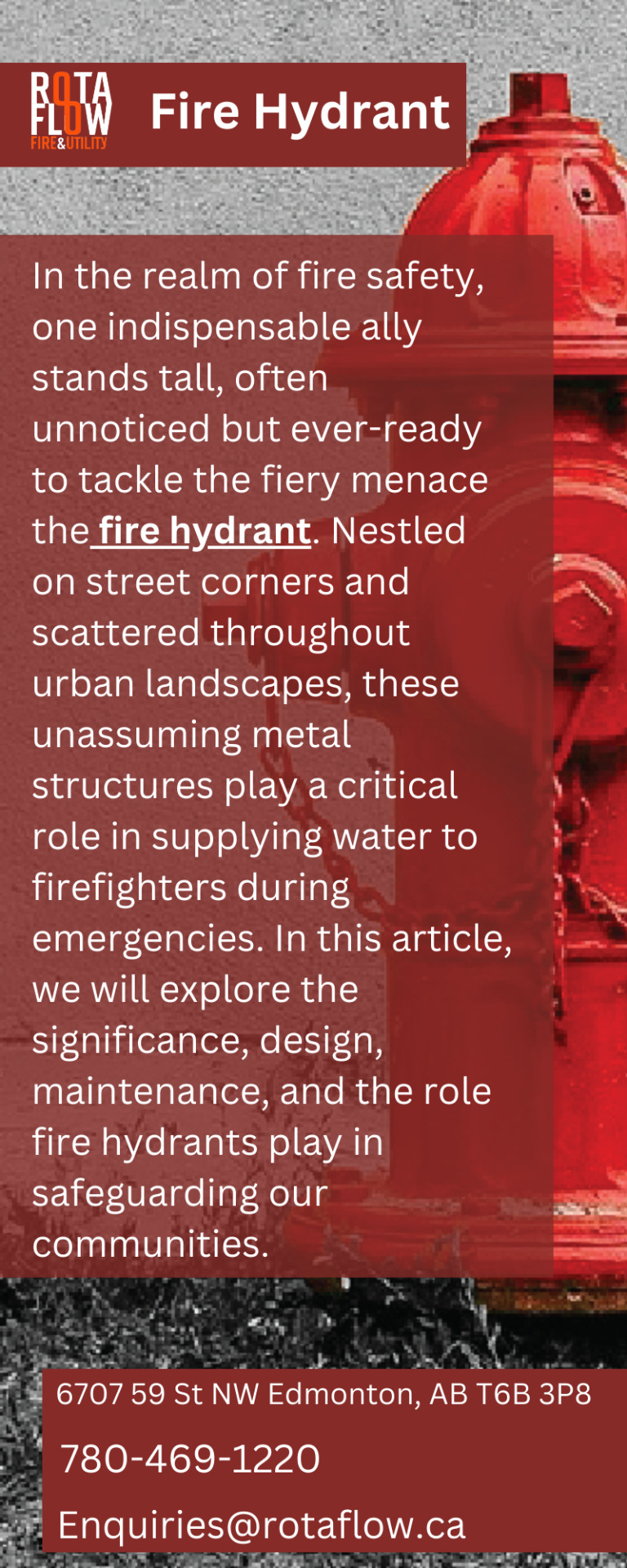
In the realm of fire safety, one indispensable ally stands tall, often unnoticed but ever-ready to tackle the fiery menace the fire hydrant. Nestled on street corners and scattered throughout urban landscapes, these unassuming metal structures play a critical role in supplying water to firefighters during emergencies. In this article, we will explore the significance, design, maintenance, and the role fire hydrants play in safeguarding our communities.
Check Fire Hydrant
0 notes
Text
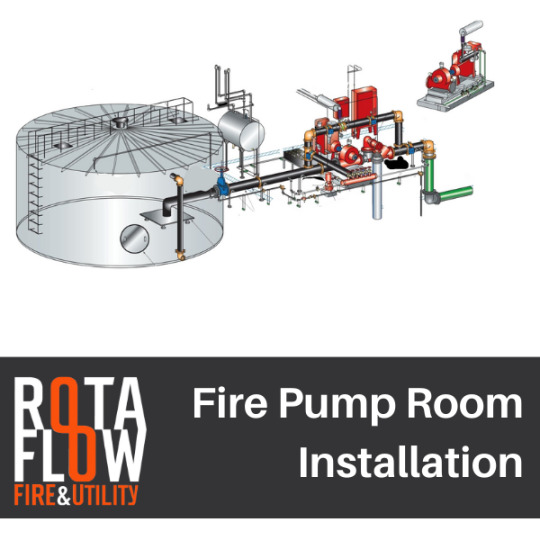
A fire water pump is a critical component of a building's fire protection system. It is designed to provide water flow and pressure to sprinkler systems, hydrants, and other firefighting equipment in the event of a fire. Visit Fire Pump Room Installation
0 notes
Text
CO2 Fire Suppression Testing - Industrial
A CO2 Fire Suppression system uses carbon dioxide as a suppressant agent. CO2 works well as a fire suppressant because it works quickly to extinguish a fire. Watch Now
0 notes
Text
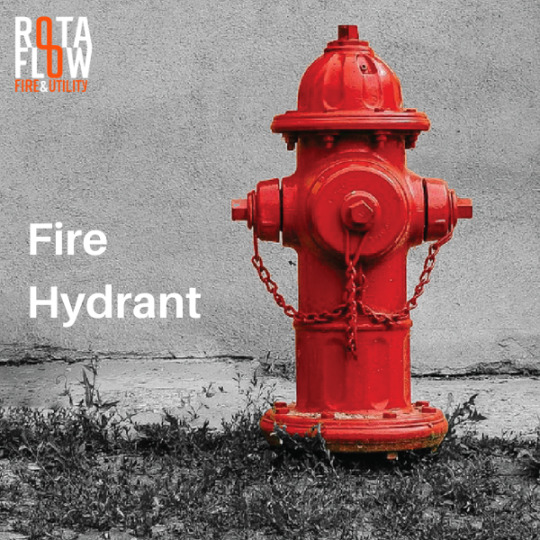
Fire Hydrant: The Unsung Hero of Fire Safety
In the realm of fire safety, one indispensable ally stands tall, often unnoticed but ever-ready to tackle the fiery menace the fire hydrant. Nestled on street corners and scattered throughout urban landscapes, these unassuming metal structures play a critical role in supplying water to firefighters during emergencies. In this article, we will explore the significance, design, maintenance, and the role fire hydrants play in safeguarding our communities.
0 notes
Text
Basic Standard Measurements During Fire Sprinkler Installation.
System types, a system demand pressure of more than 150 psi, and when an FDC solely offers maintenance for a portion of a building or a group of buildings are the three criteria for a fire department connection (FDC).
Visit- https://www.youtube.com/watch?v=nbMR-Z_Kghc
0 notes
Text
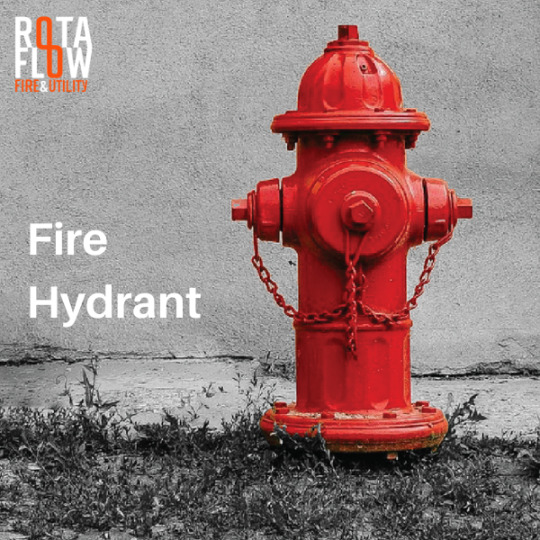
Fire Hydrant: A Vital Lifeline in Firefighting Operations
Fire hydrants serve as essential resources in the battle against fires, providing a readily available water supply for firefighters to combat and extinguish flames. These unassuming devices, strategically placed throughout communities, play a pivotal role in safeguarding lives, property, and the overall well-being of a locality.
0 notes
Text
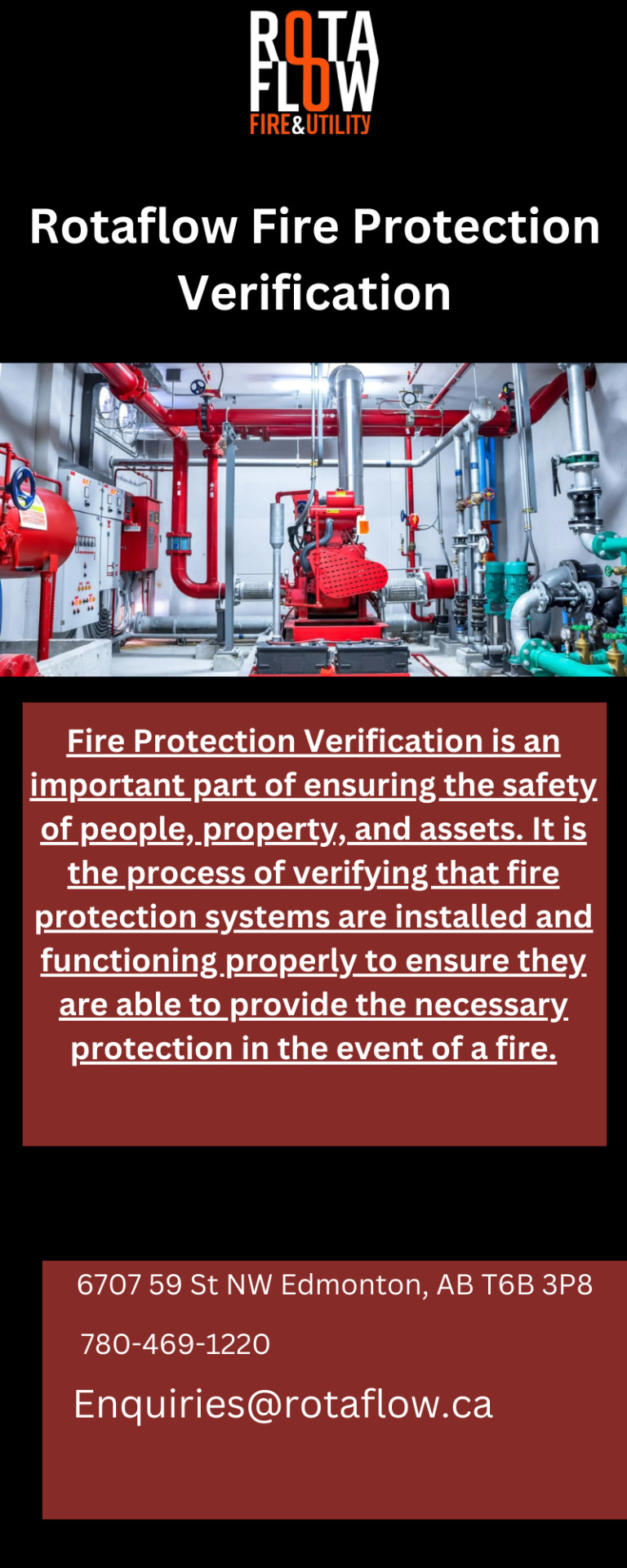
Fire Protection Verification is an important part of ensuring the safety of people, property, and assets. It is the process of verifying that fire protection systems are installed and functioning properly to ensure they are able to provide the necessary protection in the event of a fire.
0 notes
Text
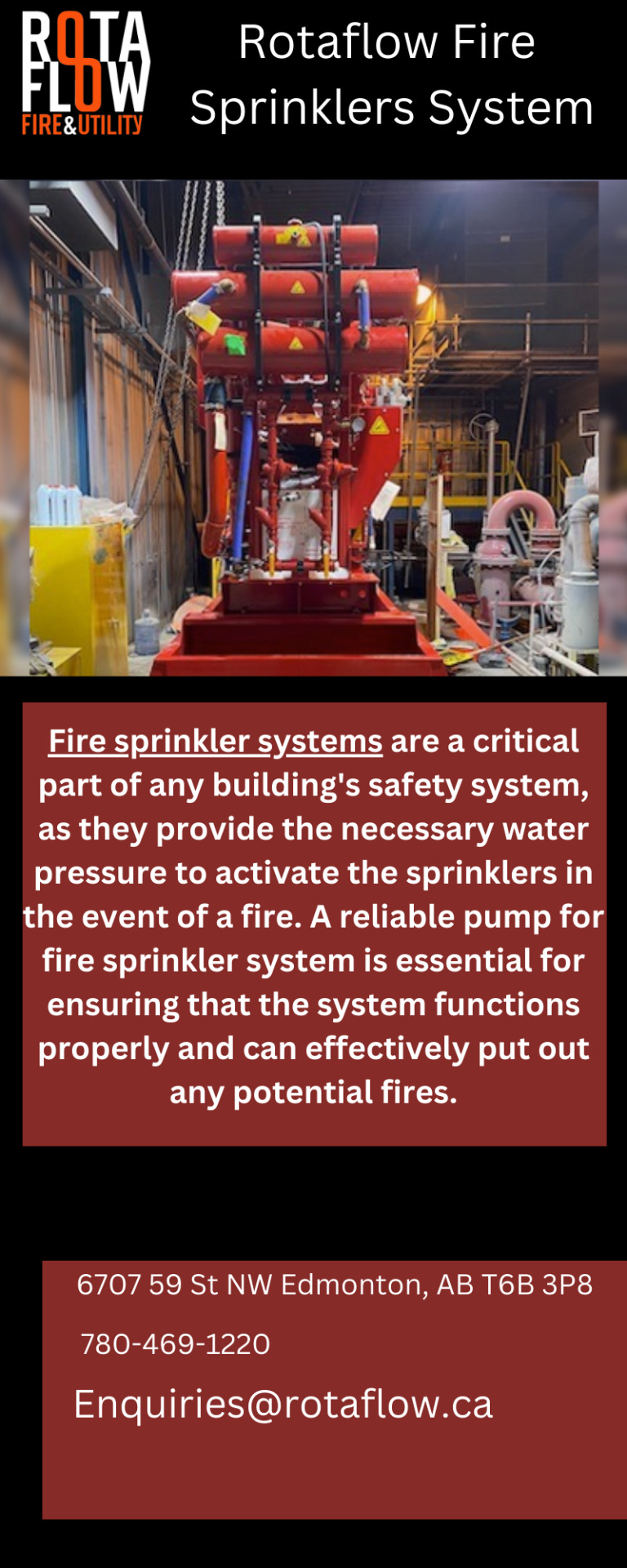
Fire sprinkler systems are a critical part of any building's safety system, as they provide the necessary water pressure to activate the sprinklers in the event of a fire. A reliable pump for fire sprinkler system is essential for ensuring that the system functions properly and can effectively put out any potential fires.
0 notes
Text
Overview of PVC Pipe Under Foundation
Yes, NFPA 13, 2019 edition, Section 6.4.3 permits fire service mains supplying fire protection systems within the building to extend no more than 10 feet, as measured from the outside of the building, under the building to the riser location. This includes PVC piping.
Section A.6.4.3.1.1 indicates the individual piping standards should be followed for load and bury depth, accounting for the load and stresses imposed by the building foundation. Sections 6.1.1 references the individual piping standards.
The concern is with PVC pipe as it enters the building and transitions to aboveground pipe.
Section 6.1.4 indicates underground piping is permitted to extend into the building through the slab or wall not more than 24 inches. This again includes PVC underground pipe which is permitted by the standard to extend into the building through the slab or wall not more than 24 inches.
Annex Section A.6.1.4, while not part of the enforceable standard, provides additional explanatory information. It indicates that where nonmetallic underground pipe is located inside the building or above grade, the following items should be considered:
Exposure to sunlight
Compatibility with chemicals (such as floor coatings and insecticides)
The ability of the nonmetallic pipe to support the weight of the riser and riser equipment
This was further addressed in NFPA 13, 2022 edition, Section 6.1.4 which now indicates regardless of pipe type, underground piping shall be permitted to extend into the building through the slab or wall not more than 24 inches.
PVC underground pipe is permitted to extend up to 10 feet under the building to serve a sprinkler riser and extend up to 24 inches into the building. While permitted by the standard, there may be local water department ordinances and/or contract specification requirements that address the installation of PVC pipe under the building or into the building.
0 notes
